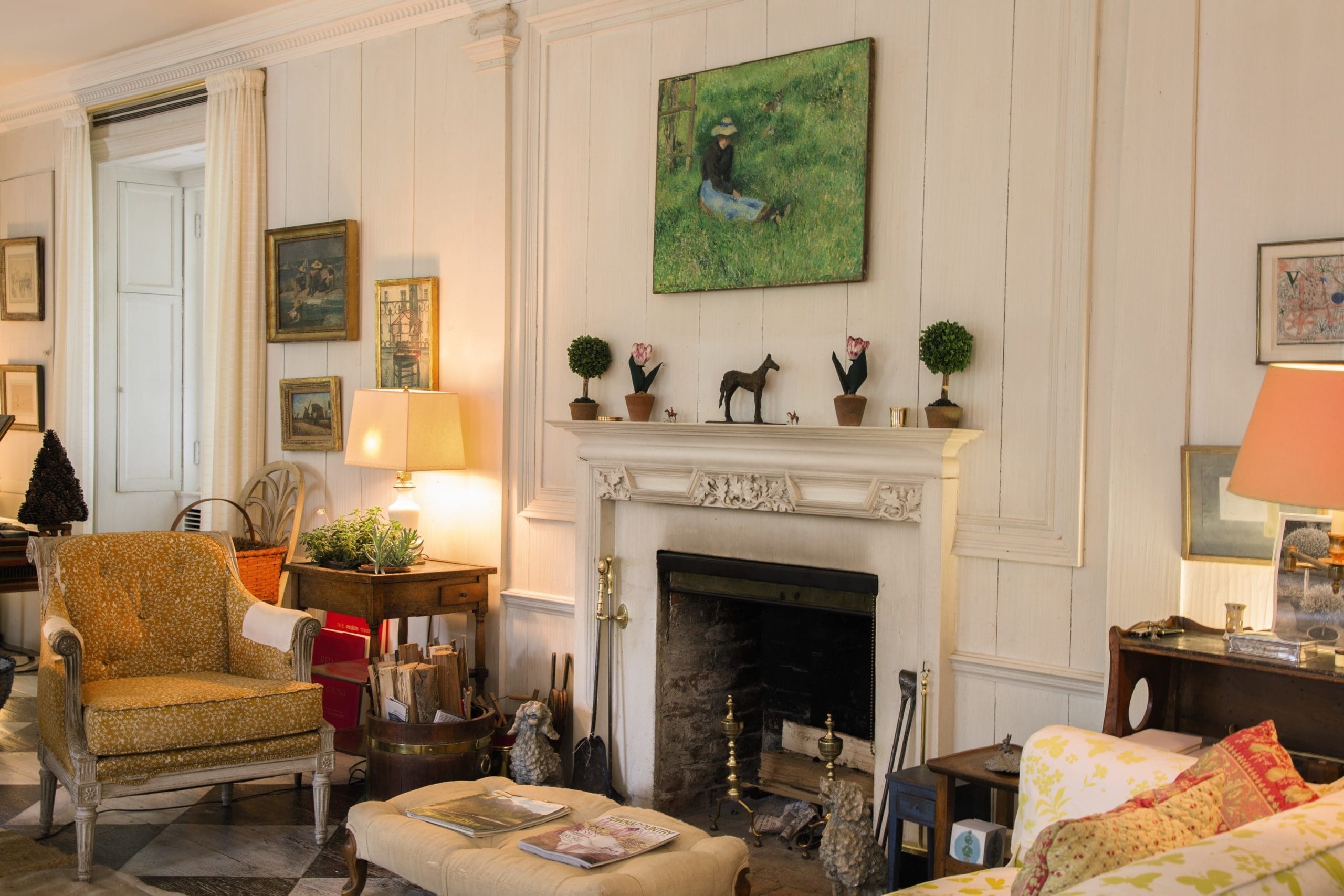Bunny Mellon was exceptionally private and had exceptionally good taste. She likely would have bristled at the very public auction at Sotheby’s last fall: a nine-day affair selling off her life’s collection of art and treasures. The rare white glove sale attracted bidders from 32 countries and brought in a total of $158.7 million. From Rothko to Cartier, each piece told the story of a consummate life and a passionate collector.
Rachel Lambert Mellon, better known as Bunny, died in March 2014 at age 103. Her 1948 marriage to Paul Mellon, son of financier Andrew Mellon, united two of America’s most affluent families. A renowned, self-taught horticulturist, Bunny was a dear friend to Jacqueline Kennedy Onassis, who tapped her to redesign the White House Rose Garden in 1961.
Bunny lived most often at her beloved Oak Spring Farms in Virginia, where she hung an unframed Pissarro above the fireplace, as if it were just plucked from the artist’s studio. Above her bath on the second floor, a van Gogh still life held court. Linens bearing a custom design by Givenchy graced the master bedroom.
No one was sure the totality of the treasure Bunny left behind until Sotheby’s started combing through the vast collections culled from her five residences in the United States and abroad. And what a life it was. Among the some 2,000 auction lots: a Cartier Riviere diamond bracelet, a rare set of George III dining chairs and a coffee table by Diego Giacometti.
But it was the depth of the art collection that astounded. Two extraordinary Rothko works, owned by the Mellons for more than four decades, represent the penultimate of the artist’s career and together brought in $76.5 million. Also on offer were works by Richard Diebenkorn, Georgia O’Keeffe and Winslow Homer, representing one of the most extraordinary private collections in existence.
Bunny’s love for the art of gardening twined its way through the collection. A pair of Van Cleef & Arpels sapphire brooches resembled flower heads. Rare porcelains took fruit and vegetable forms. And in a final nod to her love for the land, profits from the sale went to the Gerard B. Lambert Foundation, named after Bunny’s father, to support horticulture and educational endeavors.
Read this article as it appears in the magazine.






